Locarno Festival implodes walls to position itself as the cinephile mecca
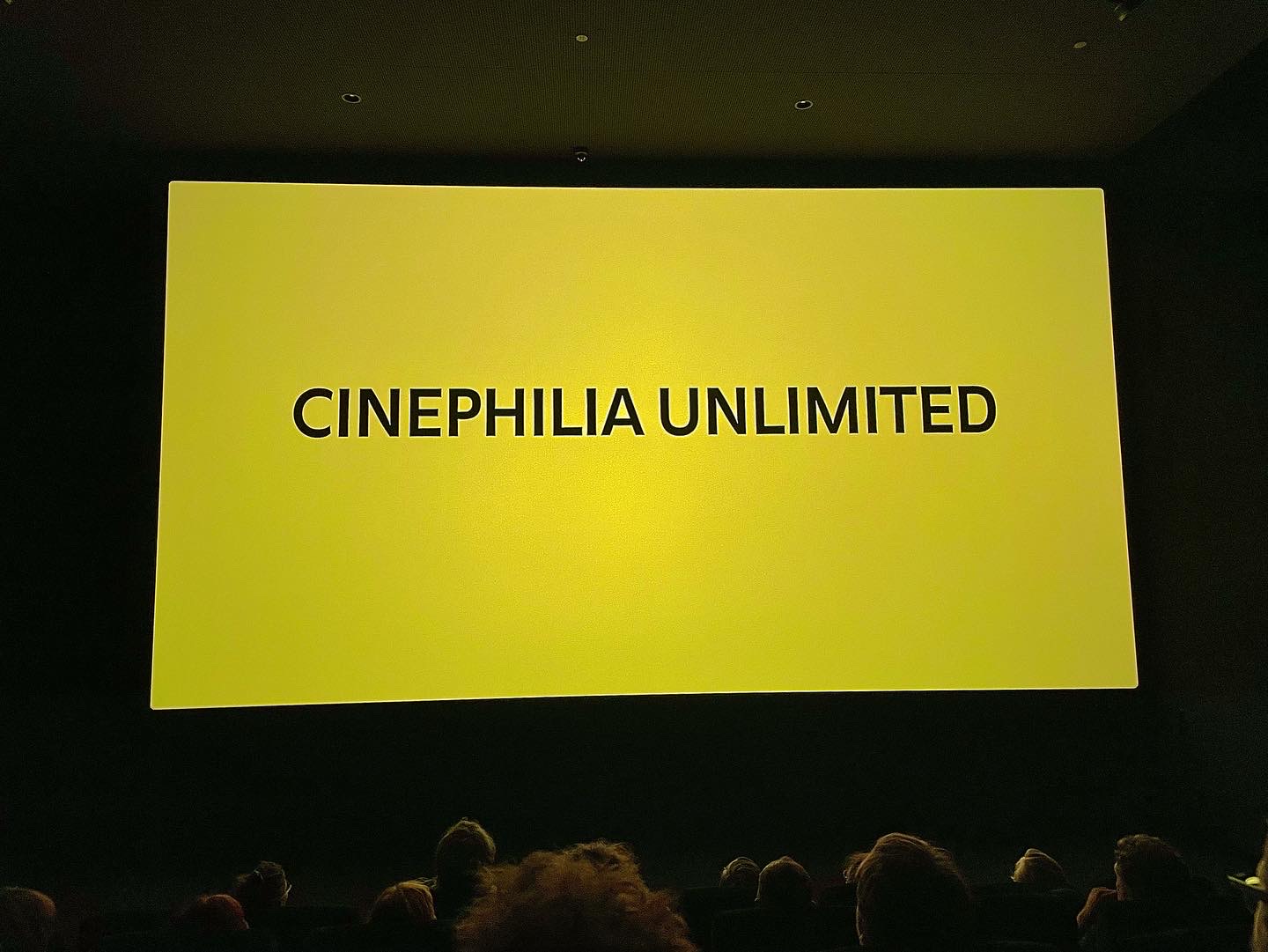
The 75th edition of the most important Swiss film event takes a direction contrary to the trends observed in other major festivals. Its bet on a mix of crowd-pleasers and radical formats paid off.
In his second year as artistic director of the Locarno Film Festival, Giona A. Nazzaro made a few surgical modifications that resulted in a significant repositioning of the event in the international film landscape. ‘Cinephilia’ has been a distinctive mark of the festival for decades, but under Nazzaro’s lead it gains new gravity, almost a necessity. It became the keyword of Locarno, splashed as its official motto in the opening vignettes of every screening: “Cinephilia unlimited”.
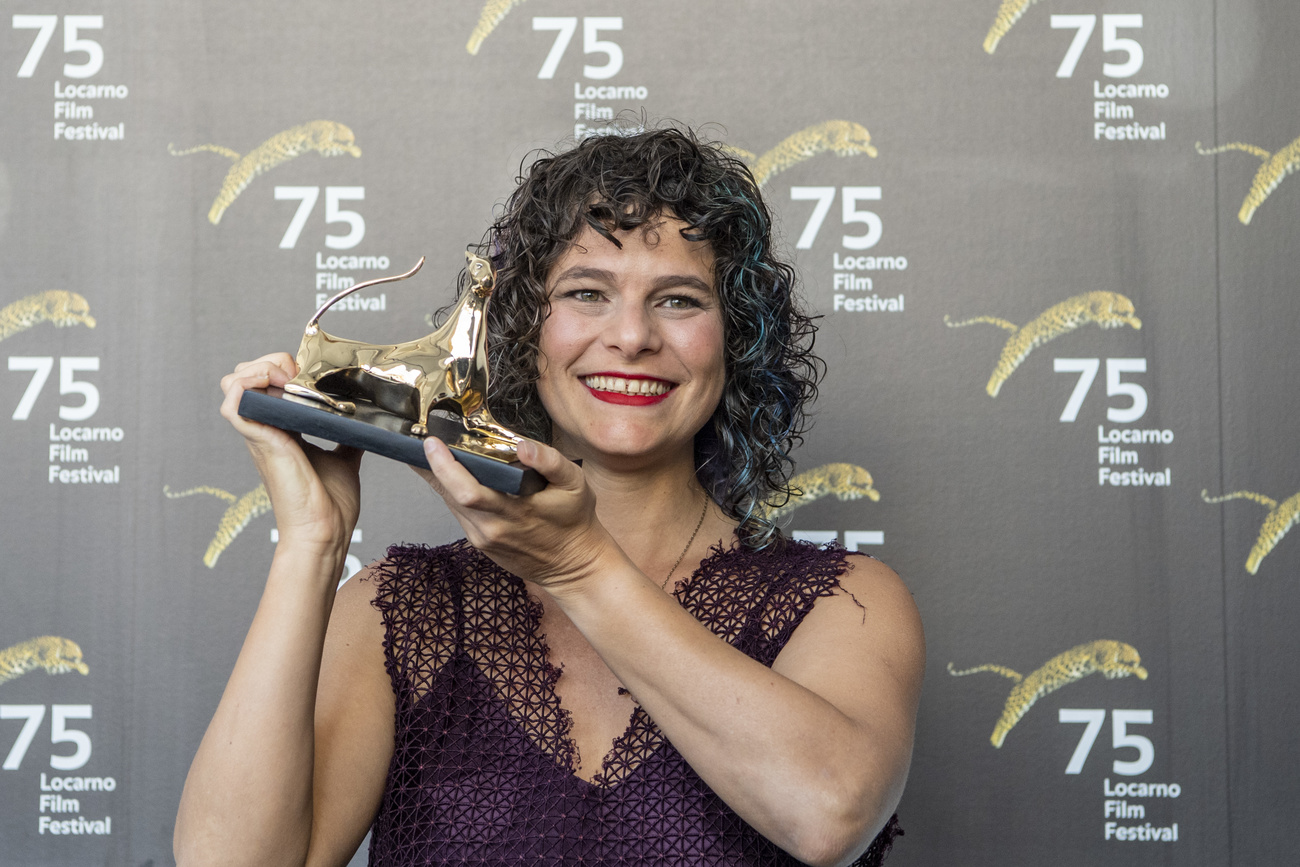
More
Brazilian film takes home top prize at Locarno Film Festival
The move is intended to differentiate Locarno from the other main European festivals, such as Cannes, Berlin, and Venice, in quite a radical way. Locarno champions the cinema experience for its visitors and film fans from all over the world, sidestepping the overall trend of turning into a competitive, crowded marketplace, where distributors and sales executives run the show in the shade while global celebrities seize the spotlight to stun the masses.
However, even with this clearly stated direction, the industry didn’t shy away, much on the contrary. The festival broke attendance records with numbers even bigger than pre-pandemic times – from 2019’s prior record of 1,040 to 1,300 professionals.
Film stars were also present, but not the usual glamour crowd. In attendance were American director Todd Haynes; multimedia pioneer Laurie Anderson; Costa-Gavras, master of political thrillers; Jason Blum, American producer of ultra-cheap horror flicks; actor Aaron Taylor-Johnson, a rising star; actor-director Matt Dillon, of Outsiders and Drugstore Cowboy fame. And cult director Douglas Sirk, who died in 1987, also had a presence in memoriam.
In common, all these special guests have built their reputations on an eagerness to take risks –creatively, politically, and commercially – for the sake of their art.
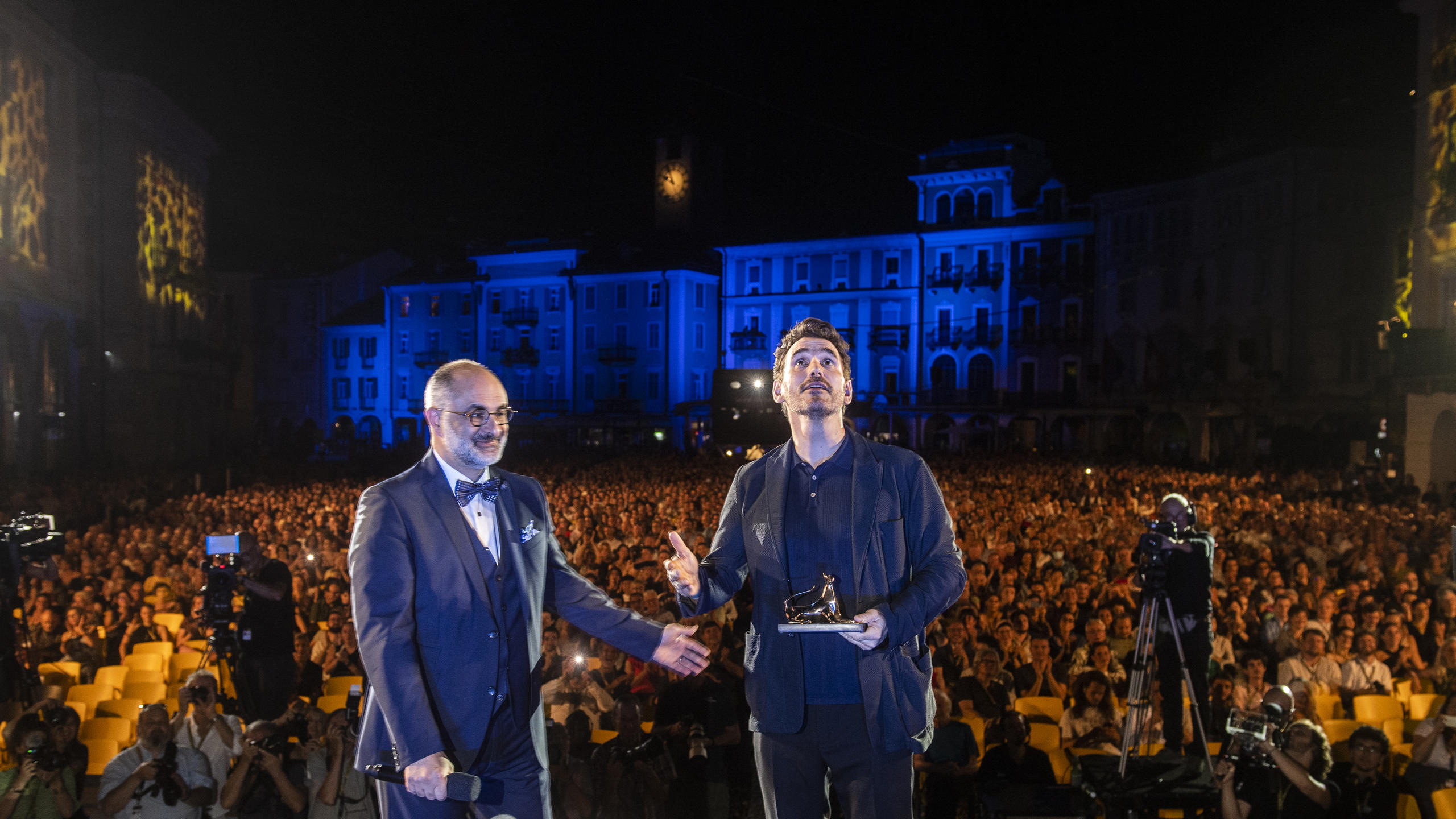
A bold program
When Nazzaro unveiled this year’s program in early July, one of the most noticeable changes was the elimination of a section devoted to experimental films that was quite dear to the hardcore film fans. Created in 2014 by the then festival director Carlo Chatrian (who currently runs the Berlin Film Festival), and called ‘Signs of Life’, it was continued by his successor, Lili Hinstin, under another name, ‘Moving Ahead’.

The section displayed not just experimental projects that didn’t fit any kind of commercial slots, but also works by visual artists more suitable for contemporary art galleries and museums. At first notice, it seemed that Nazzaro was bending to a more entertaining and genre specific selection. But as soon as the films in competition began to be screened, it became clear that Nazzaro deliberately imploded the wall separating ‘experimental’ from ‘theatrical’ works.
More than half of the films selected in competition could be categorised not just simply as arthouse works, but display radical ruptures in their narratives, such as the Brazilian É Noite na América (It is night in America). The film, exhibited in Locarno is a theatrical version of a work also made for art spaces, where it is displayed on three screens. Shot in a raw documentary style, it revolves around wild animals lost in the big city as their habitats are increasingly being eaten away by urban development.
In an interview with SWI swissinfo.ch, Vaz greeted Nazzaro’s bold choices, stressing that “this separation only reaffirms what the industry demands. This marginalisation always tends to create a duality between an industrial machine that is very strong, on one side, and this kind of image that will always be on the margin.” For Vaz, “it is very important that this margin can also perforate other dimensions of what cinema can be in order to create the necessary frictions for the true development and questioning of cinema”.
Of horrors and fascisms
Films relying on unusual storytelling are certainly no crowd pleasers, such as the Franco-German Human Flowers of the Flesh, by Helena Wittmann, or Fairytale by the Russian veteran Alexander Sokurov. Wittmann unnerved the audience with a woman’s loose and undefined quest for traces of the French Foreign Legion in North Africa, while Sokurov created a dream-like purgatory where Napoleon, Winston Churchill, Adolf Hitler, Benito Mussolini, Josef Stalin, and even a weary Jesus Christ get lost in conversations while waiting for some kind of final judgement.
Sokurov used actual footage of the dictators (including Churchill, after all, the British Empire was not exactly a benevolent coloniser) and recordings of their speeches, manipulating them à la limite.
The computer-generated visuals and ominous music are deliberately built for discomfort as waves of destitute people (the dictators’ victims or their followers?) follow the tides of Sokurov’s musings on the human, mundane faces of horror.
The subject is particularly dear to Sokurov, who explained in Locarno (see below) how his whole life was marked by the Second World War, and who now finds himself in a delicate position in Russia for having expressed himself against the war in Ukraine.
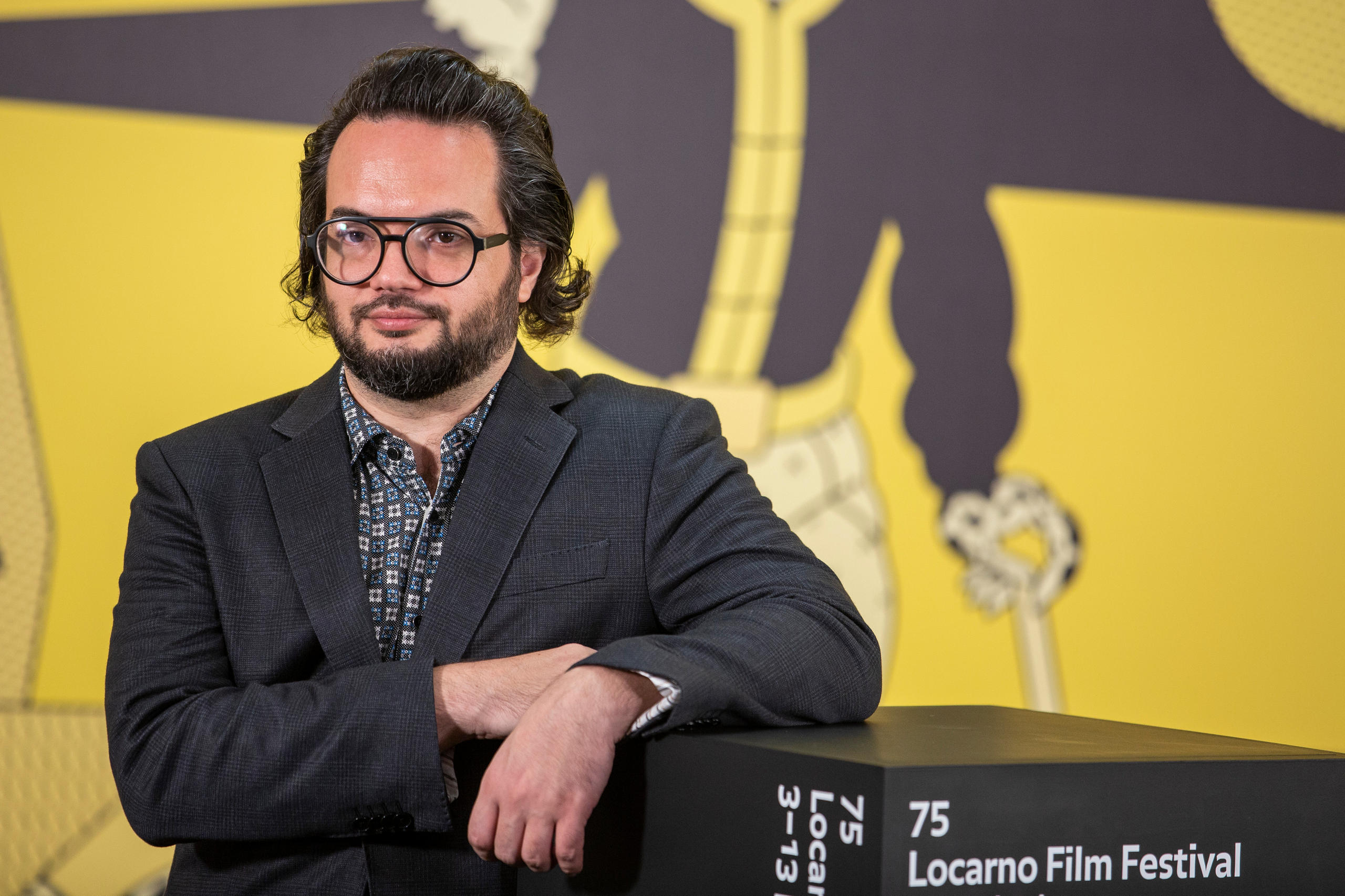
The multifaceted embodiments of fascism today are also at the core of several other films in competition, such as the Angolan-Portuguese Nação Valente (Valiant nation), released in English as Tommy Gun. Set in the last year of the Angolan anti-colonial war (1974), it is not limited to the issue of colonialism, said the director Carlos Conceição to SWI swissinfo.ch.
“Every country has its own form of fascism”, he said. “In Portuguese fascism, colonialism and decolonisation were closely entwined. So, my original goal was to make a film that would question the absurd prevalence of these old, ancient ideas, which are still intimately linked to racial and power prejudices, in good part because of post-colonial war issues.”
The contemporaneity of the past
Another perfectly timed choice of Nazzaro’s was the retrospective of Douglas Sirk (1897 – 1987), the ultimate master of melodrama. Feted by the most disparate directors, like the American John Waters and the German Rainer W. Fassbinder, Sirk’s life and work are the object of several new books and documentaries that disclose an incredible contemporaneity.
For Sirk fans, both the famous (such as Todd Haynes, spotted in the first row of the cinema) and the general audience, and even for the professionals involved in the restoration of Sirk’s movies, it was the first time they could see on a big screen his earlier films, made in Germany and Holland before he emigrated to the United States.
It is very possible that this retrospective, at least in part, will soon start touring arthouse theaters in Switzerland and other European countries. Meanwhile, Swiss audiences will soon be able to enjoy a fresh documentary, Douglas Sirk – Hope as in Despair, by Roman Hüben, that had its premiere at the festival just one week after the final cut.
Global, creative networking
Nazzaro’s effort to reposition the Locarno Film Festival also profited from parallel projects initiated by former artistic directors that sought to create an international creative hub that stays active throughout the year. The Open Doors section, for example, is a platform for film professionals from countries with “especially challenging” film environments, i.e., from the most impoverished parts of the globe.

It’s been running for 20 years, in three-year modules, each one contemplating a specific region. Starting this year, the focus is on Latin America and the Caribbean, and film makers from Cuba, Venezuela, Ecuador, Guatemala, Dominican Republic, Paraguay and Bolivia left Locarno with fully replenished address books, and some also with significant cash grants to develop their film projects.
Looking back on these last ten days, the Locarno Film Festival was a wild celebration of cinema past, present and future, where cinephilia was the undisputed winner, even for the ones who are not magnificently obsessed by cinema. It must also be stressed that the festival, like films, is a collective endeavour, but Giona A. Nazzaro was not afraid at all to assume the risk of setting a direction that seriously respects the enjoyment of the cinema-loving public, bucking the trend in the film festival universe. It should serve as an example for his peers.
The Critics Academy gives birth to a new film magazine
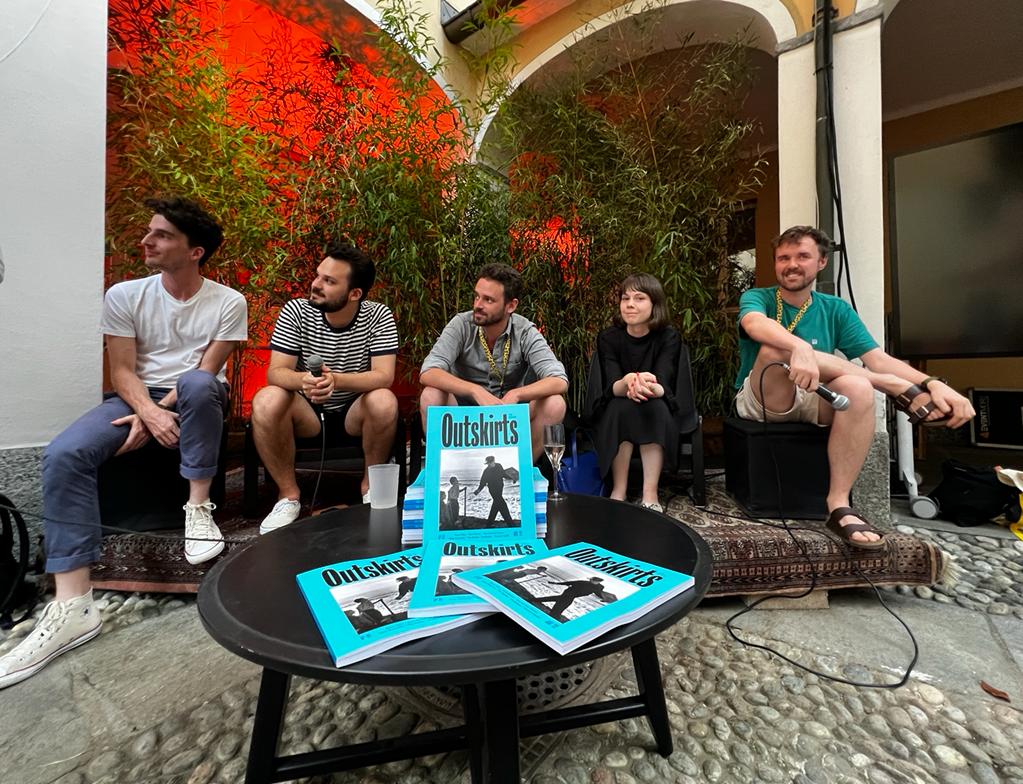
The Locarno Academy is another successful initiative bringing together budding professionals (Industry Academy) and writers/critics (Critics Academy) from all over the world for an intensive immersive experience. [Disclaimer: SWI swissinfo.ch is one of the media partners of the Critics Academy, offering a platform to publish their work during the festival. Many of the participants have become regular collaborators.]
This year, former members of the Critics Academy and its coordinator, the critic and film maker Christopher Small (UK), launched the first issue of the film magazine OutskirtsExternal link during the festival. Produced independently, and adamantly on paper, it is devoted to a cinema universe relegated to the periphery by the mainstream, and this first issue also brings a large dossier on Soviet film maker Boris Barnet (never heard of him? You’re not alone, but the Outskirts’ dossier is the result of carefully and passionately crafted research).
The main attraction of Outskirts, though, is its international perspective, its co-editors and collaborators coming all from different countries and languages. “Film magazines, even the most internationally influential, have always had a national standpoint,” says the Dominican critic and film maker Diego Cepeda, one of the co-editors. “Outskirts has no nationality,” he adds. Or rather, it is a legitimate Locarnese child.

In compliance with the JTI standards
More: SWI swissinfo.ch certified by the Journalism Trust Initiative
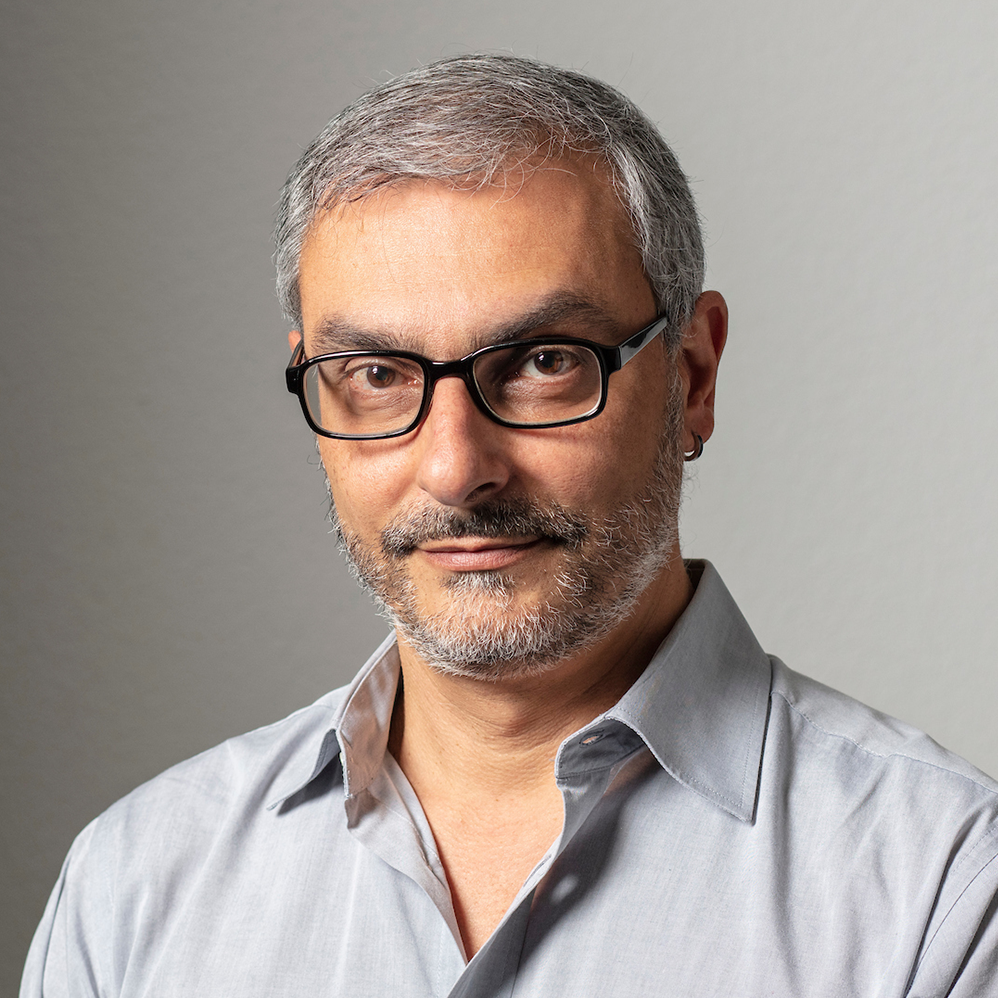
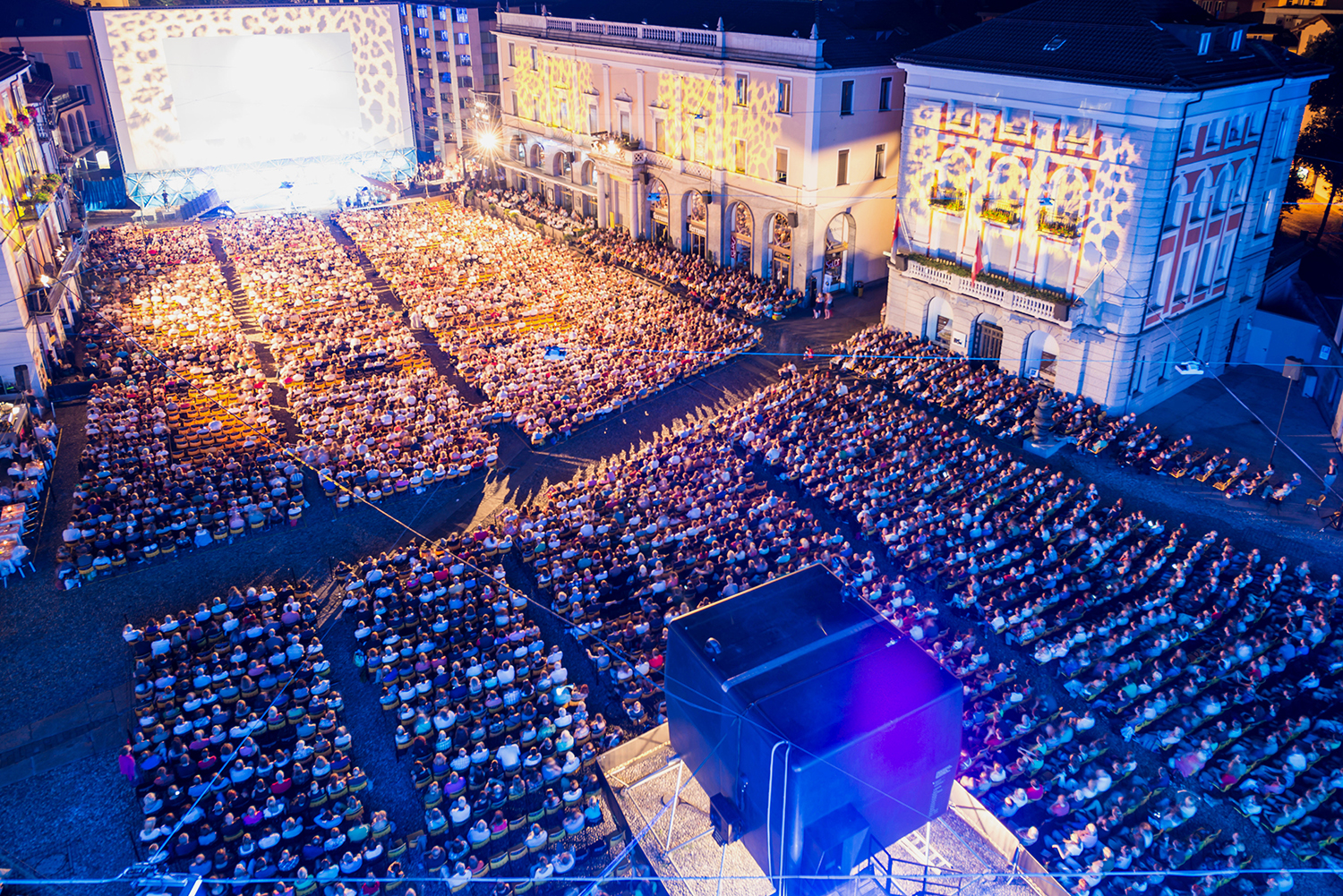
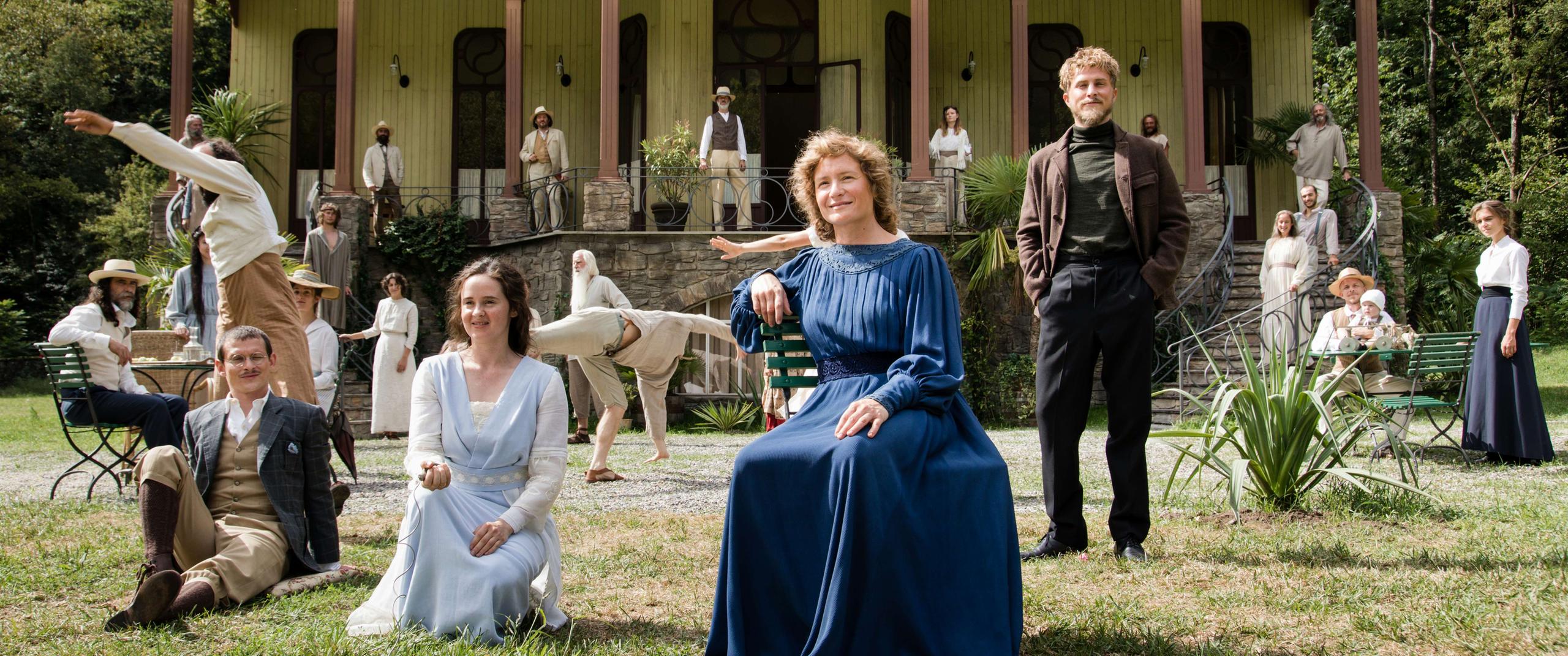
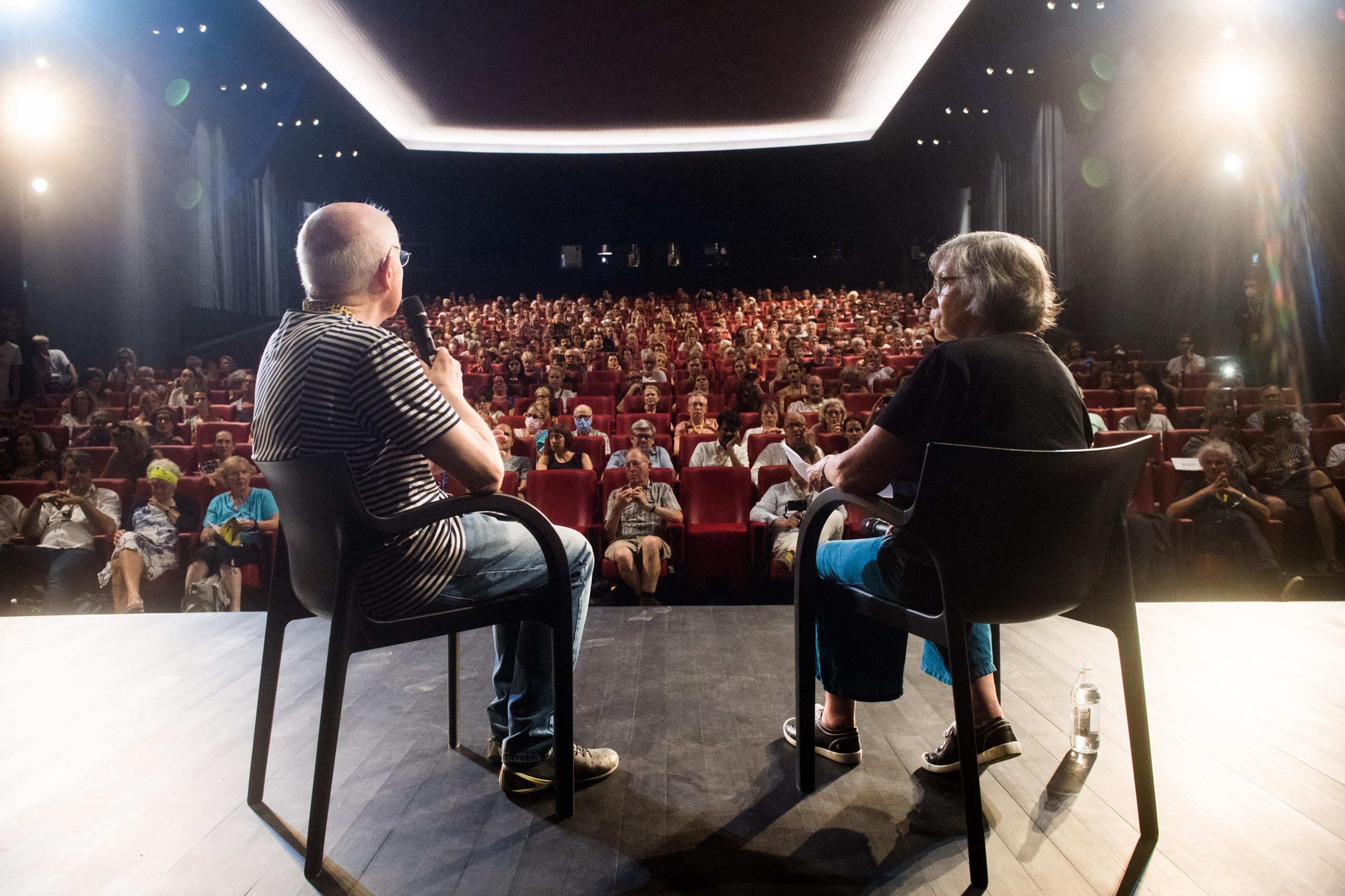
You can find an overview of ongoing debates with our journalists here. Please join us!
If you want to start a conversation about a topic raised in this article or want to report factual errors, email us at english@swissinfo.ch.